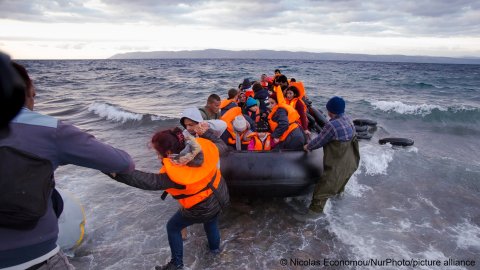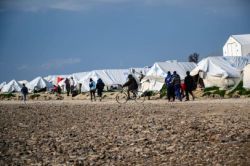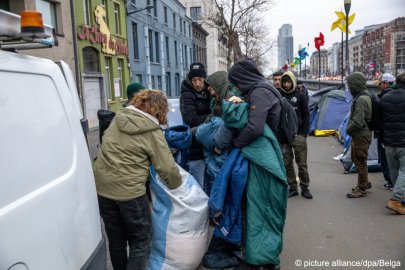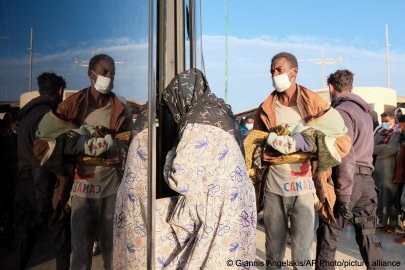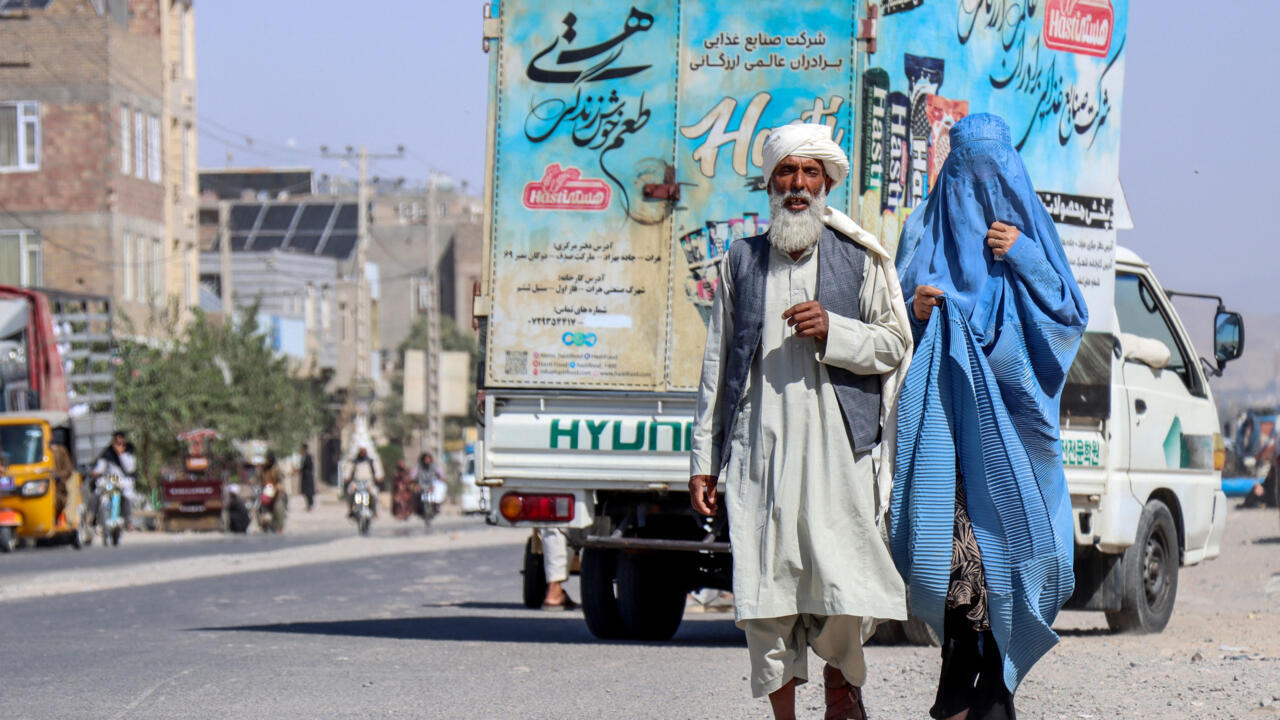Europe, migration and the perennial question of integration 10 years on – part 3
Source: InfoMigrants: reliable and verified news for migrants – InfoMigrants
The European landscape changed forever when in the late summer months of 2015 thousands upon thousands of people started to reach the EU in search for a better and — above all — safer life. We take a comprehensive look back at the major events that have since had a major impact on the European migration debate over the past decade, assessing how the past will continue to inform the future. This is the third part in a series of five articles, focusing on 2019 and 2020.
“Wir schaffen das.”
Translation: “We will cope.”
The consequences of these three words might in future be regarded as having had the biggest lasting impact on Europe since the end of World War II — perhaps only second to the fall of the Berlin Wall and the subsequent end of the Cold War.
Former German Chancellor Angela Merkel uttered this short sentence during a press conference on August 31, 2015, telling the world that Germany and Europe at large would confidently manage the growing number of refugees and migrants reaching the continent from all over the world, in particular from war-torn Syria.
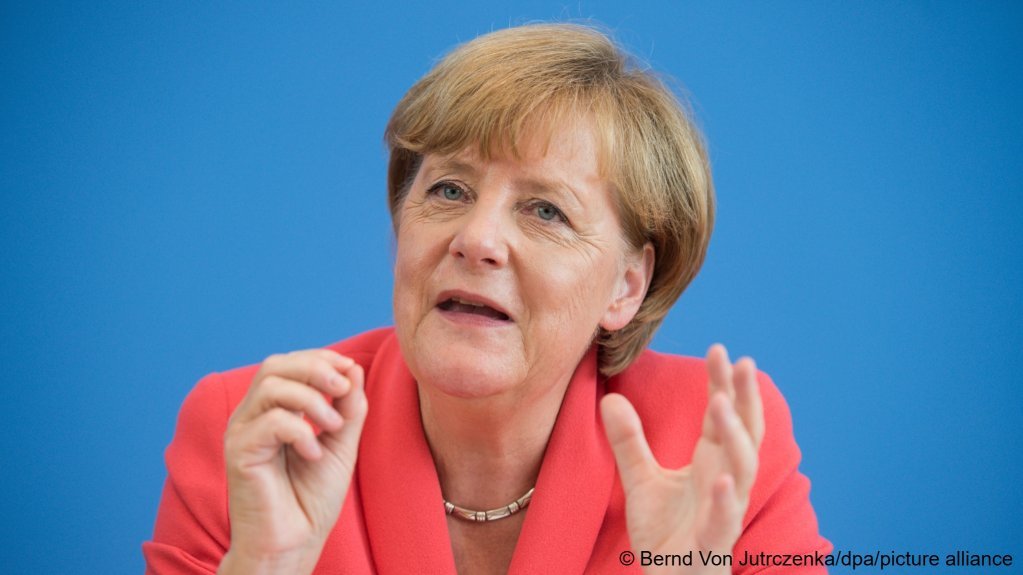
Many things have changed in the ten years since. New refugee and migration movements happened, and the continent has witnessed seismic shifts in policies and politics, as well as in attitudes toward migration.
InfoMigrants looks at some of at the biggest events of the past decade, exploring whether — and how — Europe did manage to cope in the end.
This article looks specifically at the years 2019 and 2020 as part of a series.
2019: More displacement, more refugees
Fresh wave of displacement in Syria
Displacement in Syria saw new records, as nearly one million people lost their homes in civil war clashes, bringing the total number of Syrians fleeing violence and persecution to over 6 million. While many of these people suffered displacement within the country, many fled abroad — chiefly to Turkey.
This also put a strain on EU-Turkey relations, as Turkish authorities began to feel increasingly overwhelmed with new arrivals while at the same time trying to live up to the expectations placed on them under the 2016 deal. Many Syrians managed to reach Greece by boat, putting more pressure on the government to deport Syrians residing in Turkey without official papers or seek other solutions. Xenophobic sentiments in Turkey meanwhile also started to increase during this time, which would later culminate in several attacks in the coming years.
Greece: Overcrowding in camps
In Greece, Prime Minister Kyriakos Mitsotakis and his government introduced increasingly tighter measures and new laws to limit irregular migration, such as speeding up asylum processes, tougher penalties on smugglers and increasing the rate of deportations. Later on, the Mitsotakis government also made use of states of emergency whenever necessary.
Under his first government, Mitsotakis continued to use accommodation facilities that were in an overall state of disrepair or overcrowding while gradually building new ones, which were designed to be closed centers — i.e. migrants and refugees would not be able to leave the perimeter of these facilities during much of their initial asylum assessment. This approach also attracted great criticism from rights groups.
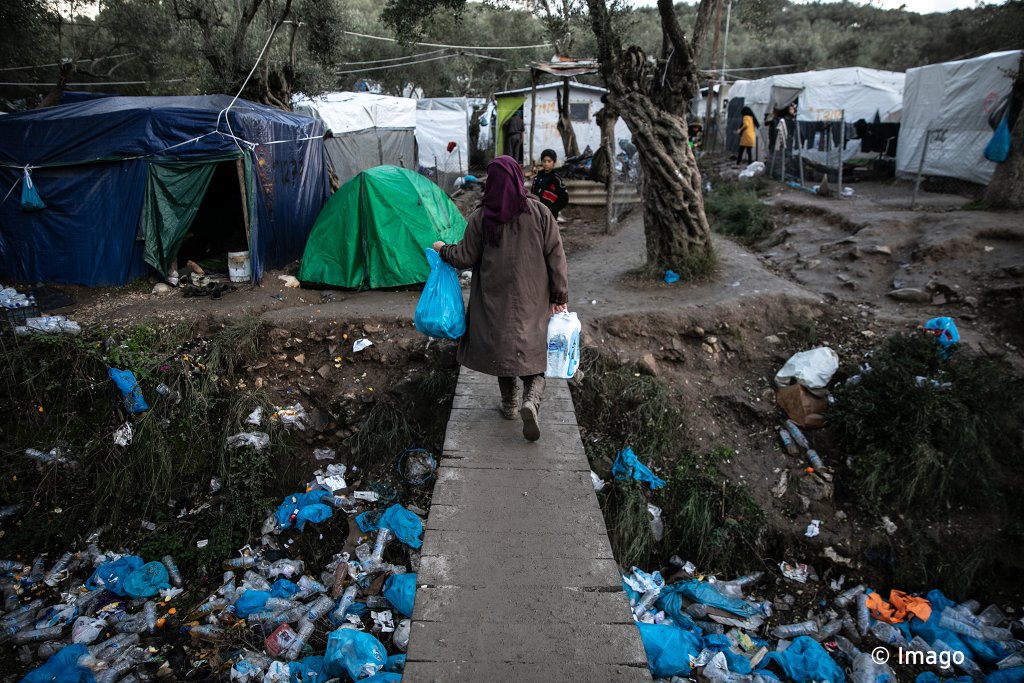
New conflicts around the globe shift focus to emerging trends
New areas of conflict and displacement began to emerge around the world, especially in Africa’s Sahel region, where Islamist insurgencies claimed thousands of lives and displaced many more. This growing state of insecurity resulted in a gradual overthrow of government over the next few years in Burkina Faso, Mali and Niger.
Increasingly, people from these countries, especially Mali, began migrating across borders to escape the worsening conditions at home — only to encounter new dangers in transit. The migration of nationals of Sahel nations to Europe, especially using the Atlantic route to the Canary Islands, remains a pressing issue to this day.
Meanwhile, after years of economic woes and international isolation, the number of Venezuelans coming to Europe — chiefly to Spain — also picked up strongly in 2019, though this trend has largely remained contained and manageable in subsequent years.
Germany: Pro-migrant politician murdered
The murder of the pro-migrant German politician Walter Lübcke sent shockwaves all over the country. A Neo-Nazi shot Lübcke dead after he had repeatedly said that instead of migrants being deported, people opposed to immigration should rather leave the country.
Investigators later found that the underground network the assailant had also planned and executed other attacks and was connected to other groups planning to take over the government a kill all pro-immigration, pluralist public figures, creating a “kill list” of about 25,000 names.
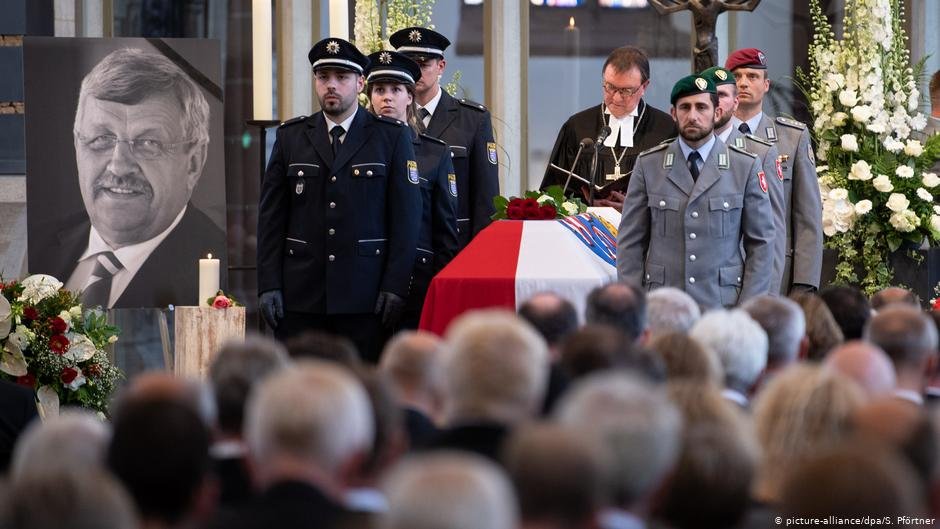
Read Also
Seeking asylum in Europe in 2019: Facts and figures
2020: The year the world stood still
Hanau — a name that will live in infamy
The new decade started off with shocking news from Germany. A far-right extremist killed nine people of immigrant background in the city of Hanau near Frankfurt around the time of the annual carnival celebrations in February. This was the single deadliest racially motivated attack in modern Germany since the end of World War II. Estimates suggest that more than 200 people have died in far-right attacks across Germany since 1990.
Since 2020, Hanau has become synonymous with far-right extremist violence, as annual commemorations of the event continue to draw attention to the extent of underground as well as overt racism in parts of German society and across Europe.

COVID-19 and its effects on migration
Shortly after the events in Hanau, things went very quiet around the globe. COVID-19 started to spread across Europe, eventually reaching every corner of the planet. In addition to social distancing and mask-wearing, there was one other safety precaution taken by many governments: the closure of borders.
This situation left migrants and refugees in limbo in many transit countries. With lockdowns being rolled out globally, many found themselves on the poverty line after losing work due to COVID restrictions in transit countries.
Migrants intercepted at sea often had to be quarantined for weeks offshore or in tightly controlled yet overcrowded spaces, as in many frontline countries like Italy, emergency personnel were taken to hospitals and morgues to assist there, hugely impacting the number of staff available to help migrants and refugees, leaving many asylum seekers disproportionately exposed to the danger of the virus. Those already on the continent had to abide by stringent social distancing rules if they were living in initial accommodation centers or using other forms of collective shelter.
The shutdowns resulted in an overall fall in arrival numbers. At the same time, however, migrant populations became far more susceptible to contracting and dying of COVID, which attracted repeated condemnation across Europe. Many migrant facilities and services also had to be suspended due to COVID guidelines, including the processing of cases and interviews with applicants. Deportations were also discontinued in most cases, as well as international resettlement programs for displaced populations.
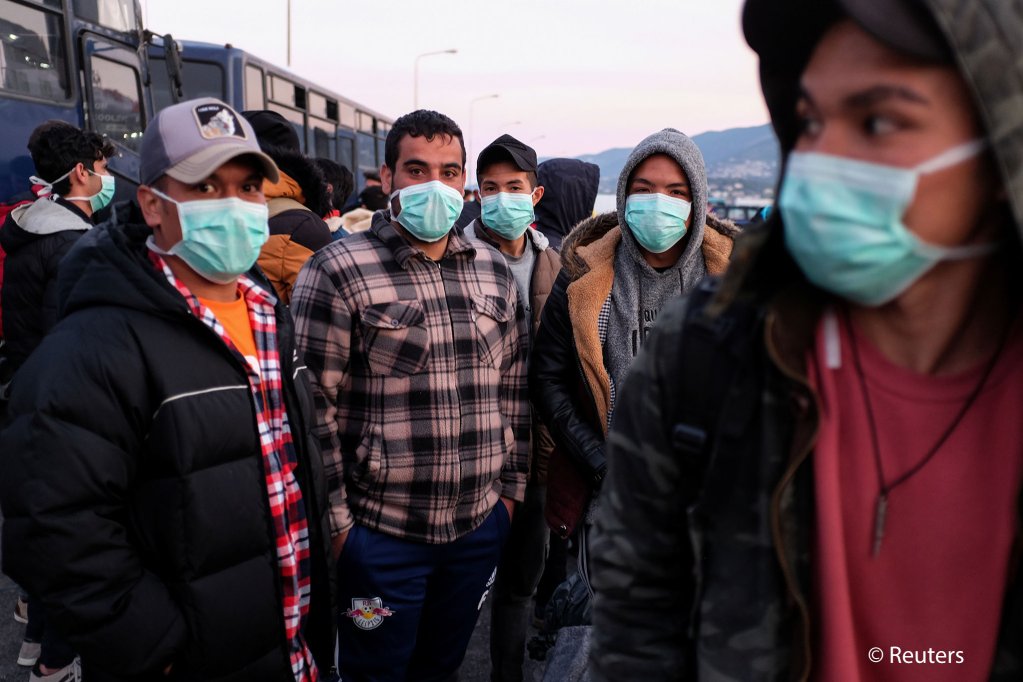
Lesbos: The infamous Moria camp burns down
In 2020, the Moria camp on the Greek Island of Lesbos was already suffering from a severe state of overcrowding and reports of inhumane conditions. At that time, it was the largest migrant camp in all of Europe, hosting nearly 13,000 people despite lacking many basic facilities like clean water and sanitation. During the onset of COVID-19, the mood at the camp repeatedly reached boiling point, with repeated reports of violent and even deadly clashes among migrants.
The infamous camp was destroyed by a series of fires in September 2020, leaving thousands without shelter overnight. Many had to be relocated to other camps at first, such as the Kara Type facility on the same island. Others simply pitched up tents wherever they could. The response of the Greek government to move people to sufficiently equipped shelters was perceived widely as being too slow.
The arsonists behind the blaze later were acquitted after only serving some of their sentences, as they were found to not fully be able to take responsibility for their actions on account of being juveniles at the time of the event.
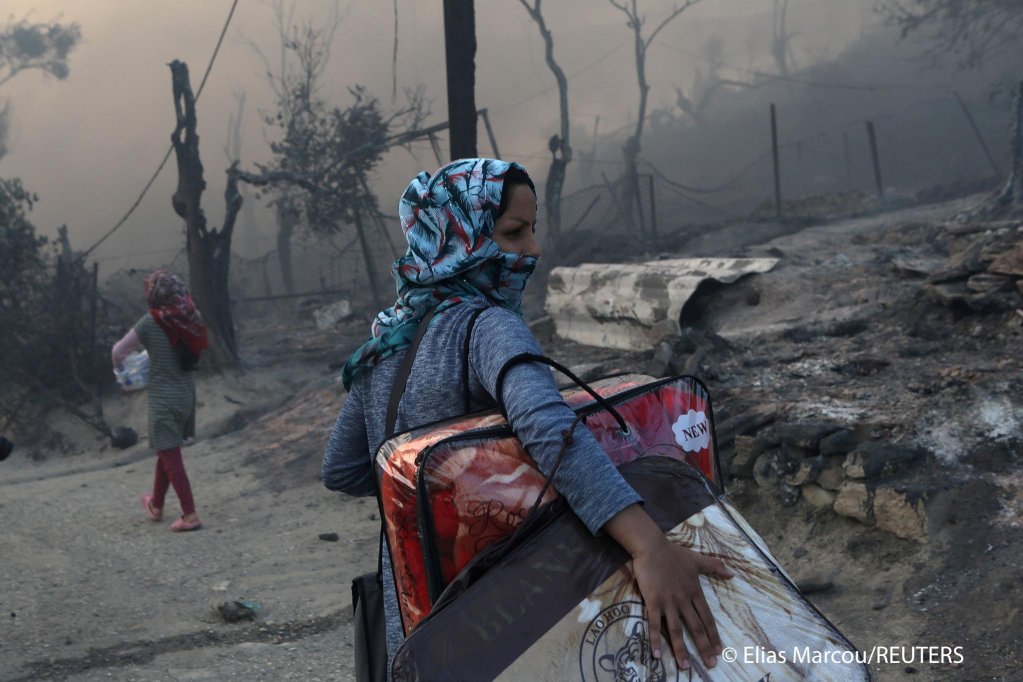
Read Also
Finding the positive: Migrants and COVID-19
➡️To follow this series, please click on these links:
2015 – 2016: Fleeing conflict and Europe’s response (Part 1)
2017 – 2018: ‘Fortress Europe’ and new routes (Part 2)
2019 – 2020: More displacement and COVID-19 (Part 3)
2021 – 2022: New dynamics, wars and change (Part 4)
2023 – 2025: Tragedies, opportunities and migration management (Part 5)
Please note that this listicle is not exhaustive of all events that took place since 2015 relating to immigration to Europe. We try to address all individual developments involving migrants, refugees and asylum seekers as well as attitudes and policies related to migration, as part of our ongoing rolling coverage.
The original article: belongs to InfoMigrants: reliable and verified news for migrants – InfoMigrants .
